
|
|
Font Size:
|
||||
|
|
|
|
||||
STATISTICAL BRIEF #3:
Children's Health Care Quality, Fall 2000
Highlights
Access to Care
Needing care right away and getting it as soon as wanted
Overall, 39.0 percent of children under age 18 (27.8 million children in the U.S. civilian noninstitutionalized population) were reported to have had an illness or injury that needed care right away from a doctor's office, clinic, or emergency room (figure 1A). Parents reported that nearly two-thirds (63.7%) of children needing care right away because of an illness or injury always received care as soon as it was wanted (figure 1B). Receiving needed medical care right away was more likely to present a difficulty for the following groups: children who were uninsured or had only public health insurance. Among those needing care right away, uninsured children or those with public-only coverage were less likely to always receive the care as soon as their parents wanted relative to those with private coverage (52.1% for uninsured children, 58.4% for children with public-only insurance, 66.6% for privately insured children). For older children ages 6-17, the uninsured were noticeably less likely to always receive care for illness or injury as soon as their parents wanted relative to those with public-only or private coverage (41.9% for uninsured older children, 56.1% for public-only insured older children, 64.9% for privately insured older children) (figure 1C).
Getting a routine appointment as soon as wanted
Overall, 70.3 percent of children under age 18 (50.1 million children in the U.S. civilian noninstitutionalized population) were reported to have appointments made with a doctor or other health provider for regular or routine care in the last 12 months (figure 2A). For those children with appointments, only about half (52.1%) had parents reporting always obtaining one as soon as it was wanted (figure 2B). Obtaining appointments for routine care was more likely to present a difficulty for Hispanic children and those without health insurance. Of those reporting an appointment for routine care, Hispanic children were less likely than white or black children to have always received appointments as soon as their parents wanted (45.0% of Hispanic children, 53.7% of white children, and 53.8% of black children). This pattern between Hispanic and white children was more pronounced for younger children aged 5 and under (46.8% of younger Hispanic children, 58.2% of younger white children, not shown in figures). Uninsured children were less likely than those with private coverage to have always received appointments as soon as their parents wanted (42.4% of uninsured children, 54.2% for children with private coverage) (figure 2C). This pattern held for younger children aged 5 and under (42.3% younger uninsured children, 58.7% for younger children with private coverage, not shown in figures).
Problems receiving needed care
Overall, 78.0 percent of children under age 18 (55.6 million children in the U.S. civilian noninstitutionalized population) were reported to have one or more visits to a doctor's office or clinic in the last 12 months (figure 3A). Among those children receiving care, 88.6 percent reported not having problems receiving care their parents or doctors believed necessary (figure 3B). Getting needed care was more likely to be reported as presenting a problem for black and Hispanic children relative to white children (percent reporting no problem: 83.2% of Hispanic children, 85.2% of black children, 91.0% of white children). This differential pattern by race/ethnicity was consistent for children ages 5 and under as well as for children ages 6-17. In addition, uninsured children or those with public-only coverage were more likely to have their parents report problems receiving needed care relative to those with private coverage (percent reporting no problem: 84.2% for uninsured children; 79.6% for children with public-only coverage, 92.1% for privately insured children) (figure 3C). The greater difficulty in getting needed care for uninsured children or children with public-only insurance was evident in both younger and older aged children.
Problems in getting a referral to a specialist
Specialists are doctors like surgeons, heart doctors, allergy doctors, skin doctors, and others who specialize in one area of health care. Overall, 18.1 percent of children under age 18 (12.9 million children in the U.S. civilian non-institutionalized population) needed to see a specialist in the last 12 months (figure 4A). Many health insurance plans require a referral from a primary care provider before a specialist can be seen. Of those children needing to see a specialist, getting a referral was reported as not a problem for more than three-fourths (77.5 percent) of children (figure 4B). Getting a referral was more likely to present a difficulty for children with only public health insurance than for children with private insurance (percent reporting no problem: 66.6% of children with public-only coverage, 81.2% of children with private coverage). This pattern was more pronounced for older children ages 6-17 (62.7% of children with public-only insurance, 82.1% of children with private coverage, not shown in figures).
Experiences During Care
Parents were asked to report on their experiences over the last 12 months during visits to a doctor's office or clinic to get care for their children. They were asked how often during these child care visits the health providers listened carefully to them, explained things in a way they could understand, and showed respect for what they had to say. They were also asked how often the health provider spent enough time with them and their children during these child care visits. Only parents of children who made one or more visits to a doctor's office or clinic in the last 12 months responded to the items presented below.
Health providers listening carefully to parents:
Overall, 65.5 percent of parents reported that their children's health providers always listened carefully to them or their children (65.5% always, 28.1% usually, 6.5% sometimes/never) (figure 5A). Hispanic children were the least likely to have their parents report that their providers always listened carefully to them (59.4% of Hispanic children, 65.9% of white children, and 72.5% of black children). Uninsured children were less likely than children with private insurance to have their parents report that their providers always listened carefully to them (57.1% of uninsured children, 67.2% of privately insured children) (figure 5B). This observed differential was more pronounced for children aged 5 and under.
Health providers explaining things so parents understand:
Over two-thirds (68.4 percent) of all children were reported to have health providers who always explained things in a way their parents could understand (68.4% always, 25.9% usually, 5.7% sometimes/never) (figure 6A). Hispanic children were less likely than white or black children to have their parents report that their providers always explained things in a way they could understand (62.0% of Hispanic children, 69.1% of white children, and 74.3% of black children). In addition, uninsured children (61.6%) and children with public-only insurance (63.7%) were less likely to have providers who always explained things in a way that could be understood than children with private insurance (70.9%) (figure 6B).
Health providers showing respect to what parents say:
Over two-thirds (67.3 percent) of all children were reported to have health providers who always showed respect for what their parents had to say (67.3% always, 26.3% usually, 6.3% sometimes/never) (figure 7A). Hispanic and white children were less likely than black children to have their parents report that their providers always showed respect for what they had to say (63.7% of Hispanic children, 66.9% of white children, 75.4% of black children). In addition, uninsured children were less likely than privately insured children or children with public-only insurance to have their parents report that their providers always showed respect for what they had to say (58.7% of uninsured children, 64.9% of children with public-only insurance, 69.3% of children with private insurance) (figure 7B).
Health providers spending enough time with parents and the patients:
Over half (56.1 percent) of all children were reported to have health providers who always spent enough time with them and their parents (56.1% always, 33.5% usually, 10.4% sometimes/never) (figure 8A). Hispanic children were less likely than black children to have their parents indicate their providers always spent enough time with them (51.9% of Hispanic children, 61.8% of black children). In addition, uninsured children were less likely than those with private coverage to have their parents report that their providers always spent enough time with them (49.5% of uninsured children, 57.5% of children with private coverage) (figure 8B).
About MEPS and CAHPS
This statistical Brief summarizes access and quality of care measures pertaining to the health care received by noninstitutionalized children of the United States. The Medical Expenditure Panel Survey (MEPS) collects nationally representative data on health care use, expenditures, sources of payment, insurance coverage and the quality of care for the U.S. civilian noninstitutionalized population. MEPS is sponsored by the Agency for Healthcare Research and Quality (AHRQ). The health care quality measures used for this study were taken from the health plan version of CAHPS®, an AHRQ sponsored family of survey instruments designed to measure quality of care from the consumer's perspective. A conditional response rate of 90 percent was achieved for the MEPS parent-administered questionnaire, yielding an overall response rate of 63 percent for the survey (6,577 respondents to the Parent Administered Questionnaire (PAQ)). Specific item nonresponse rates generally varied from 0.5 to 7.0 percent for the study questions. The results presented in this Statistical Brief are statistically significant at the .05 level. Additional analyses that consider more detailed age classifications for these measures will be forthcoming. More information about MEPS can be obtained through the MEPS website at http://www.meps.ahrq.gov. More information about CAHPS can be obtained through the CAHPS website (http://www.cahps.ahrq.gov) or on the AHRQ website (http://www.ahrq.gov).
 |
||||||||||||||||||||||||||||||
|
||||||||||||||||||||||||||||||
|
|
||||||||||||||||||||||||||||||
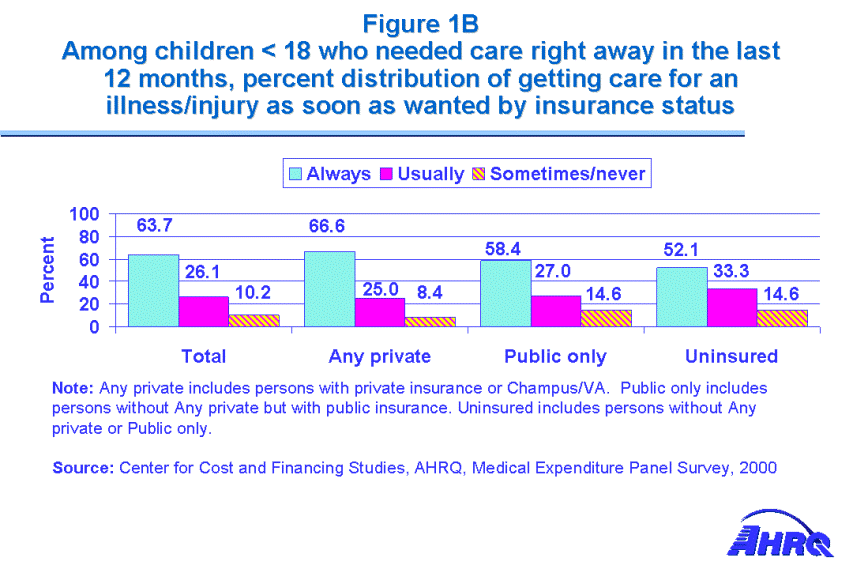 |
||||||||||||||||||||||||||||||
|
||||||||||||||||||||||||||||||
|
|
||||||||||||||||||||||||||||||
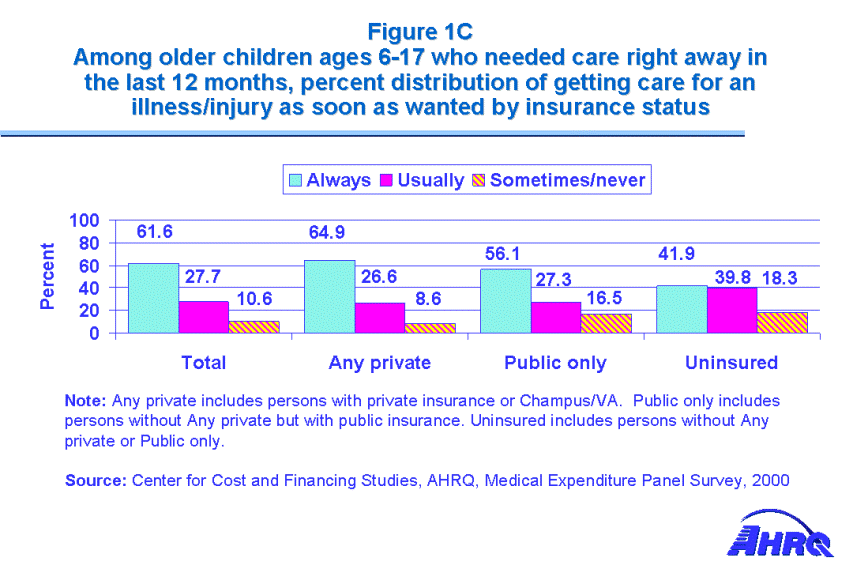 |
||||||||||||||||||||||||||||||
|
||||||||||||||||||||||||||||||
|
|
||||||||||||||||||||||||||||||
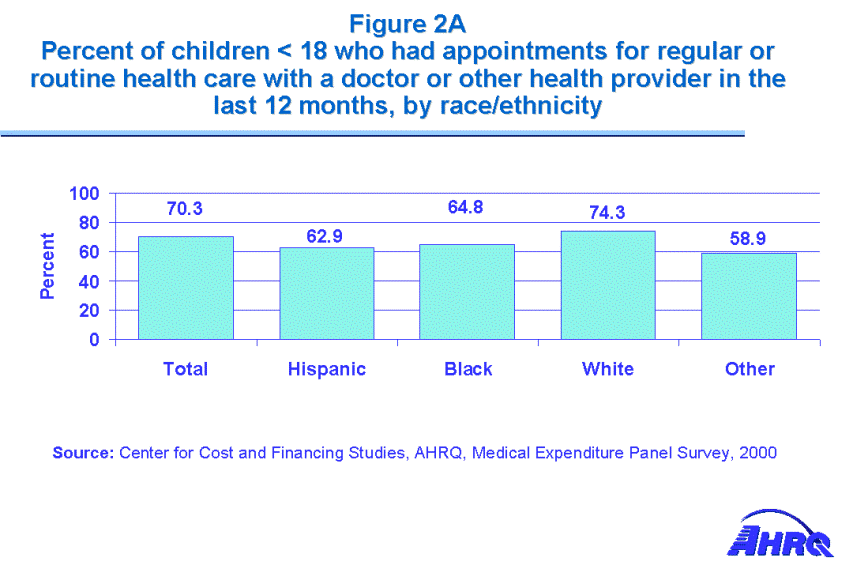 |
||||||||||||||||||||||||||||||
|
||||||||||||||||||||||||||||||
|
|
||||||||||||||||||||||||||||||
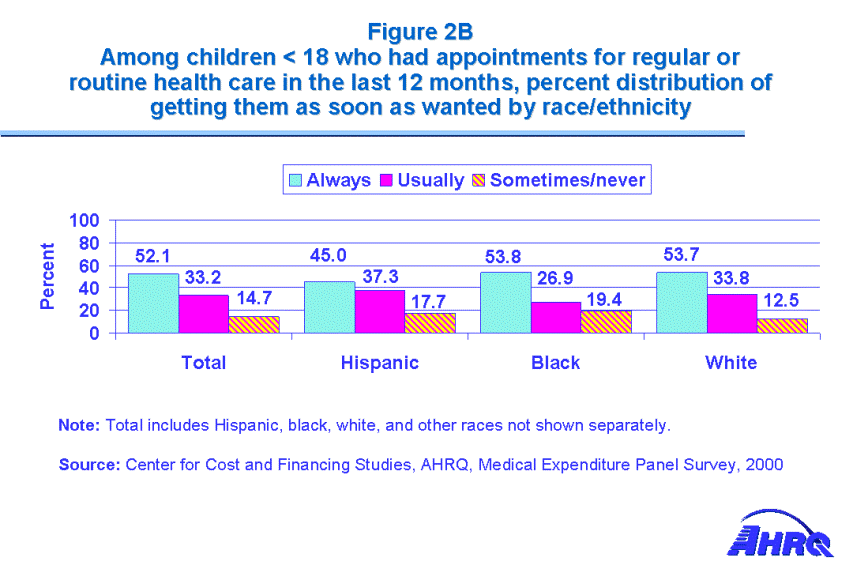 |
||||||||||||||||||||||||||||||
|
||||||||||||||||||||||||||||||
|
|
||||||||||||||||||||||||||||||
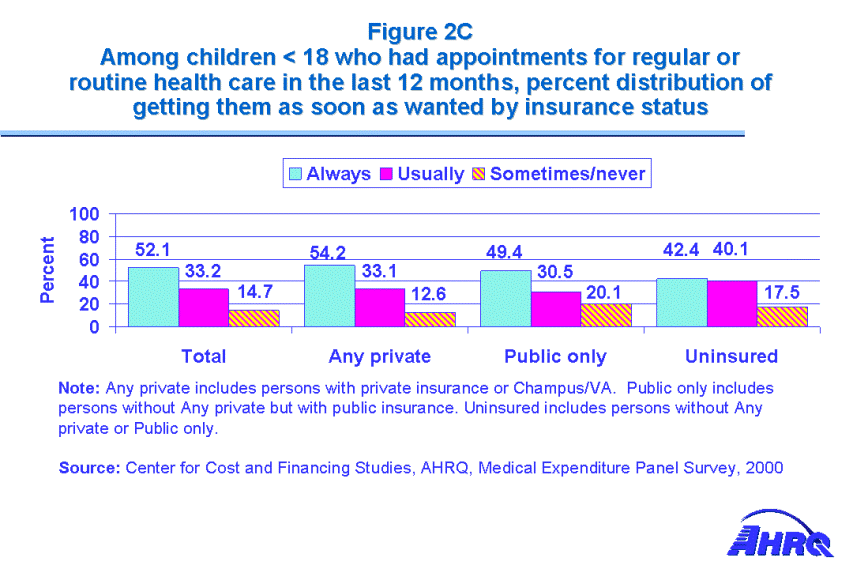 |
||||||||||||||||||||||||||||||
|
||||||||||||||||||||||||||||||
|
|
||||||||||||||||||||||||||||||
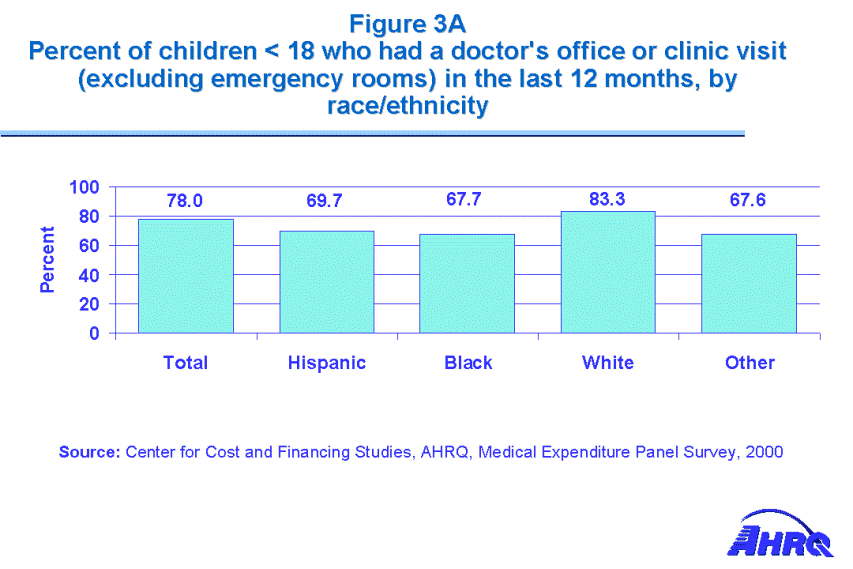 |
||||||||||||||||||||||||||||||
|
||||||||||||||||||||||||||||||
|
|
||||||||||||||||||||||||||||||
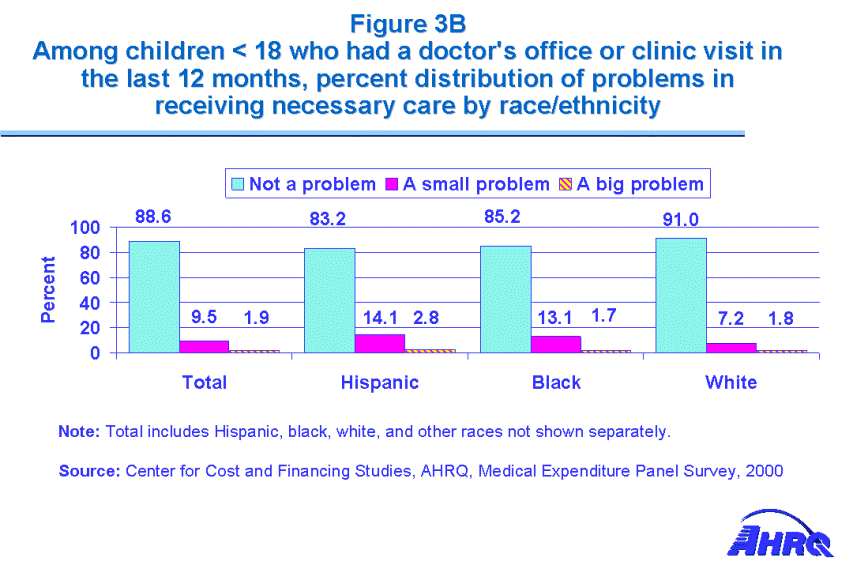 |
||||||||||||||||||||||||||||||
|
||||||||||||||||||||||||||||||
|
|
||||||||||||||||||||||||||||||
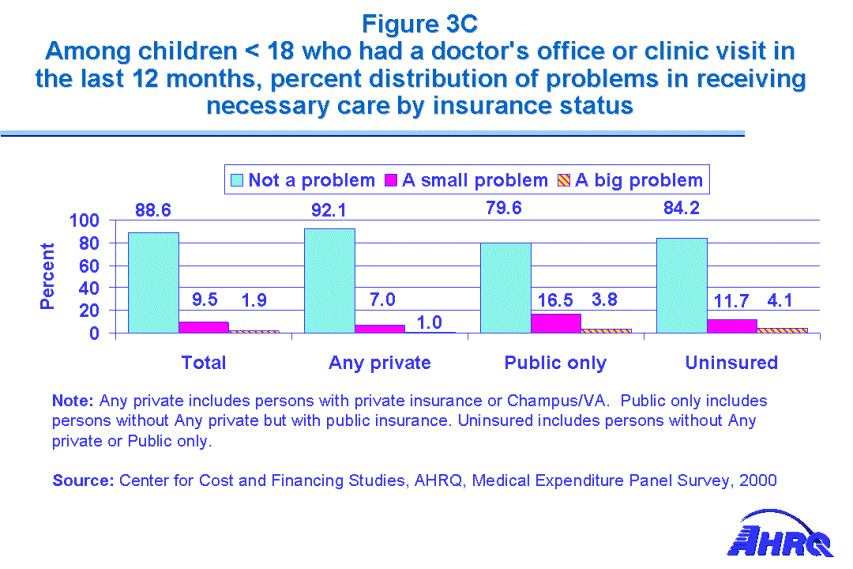 |
||||||||||||||||||||||||||||||
|
||||||||||||||||||||||||||||||
|
|
||||||||||||||||||||||||||||||
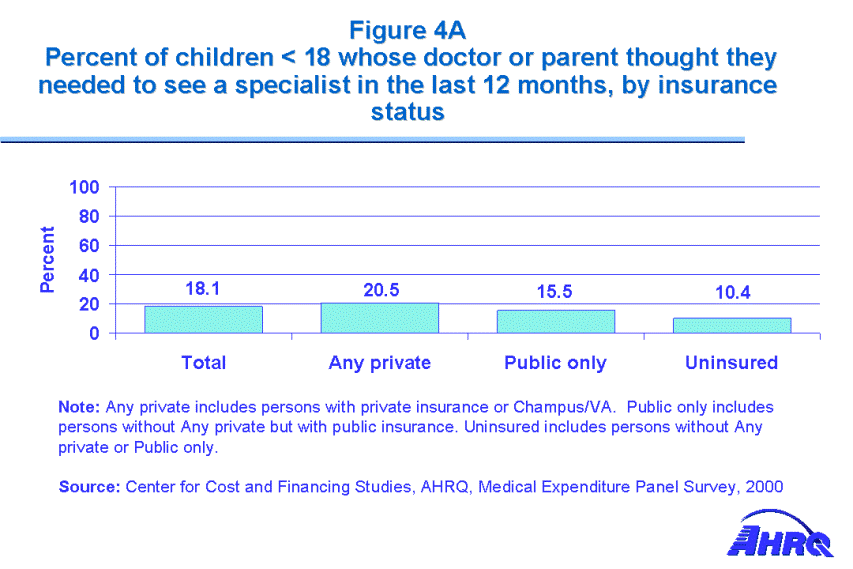 |
||||||||||||||||||||||||||||||
|
||||||||||||||||||||||||||||||
|
|
||||||||||||||||||||||||||||||
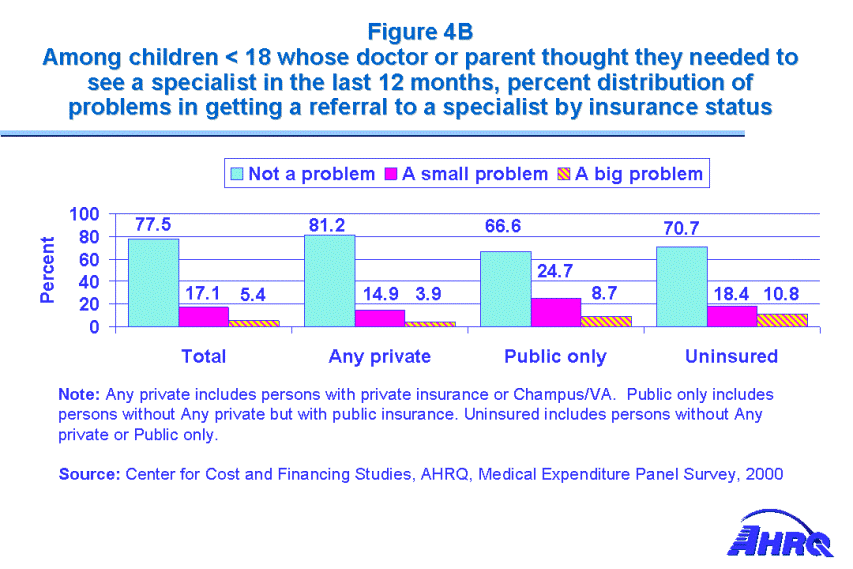 |
||||||||||||||||||||||||||||||
|
||||||||||||||||||||||||||||||
|
|
||||||||||||||||||||||||||||||
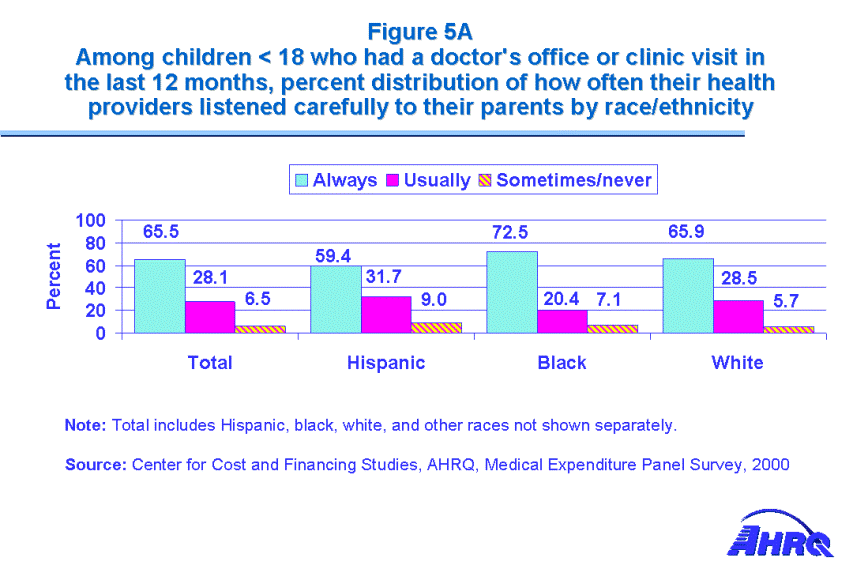 |
||||||||||||||||||||||||||||||
|
||||||||||||||||||||||||||||||
|
|
||||||||||||||||||||||||||||||
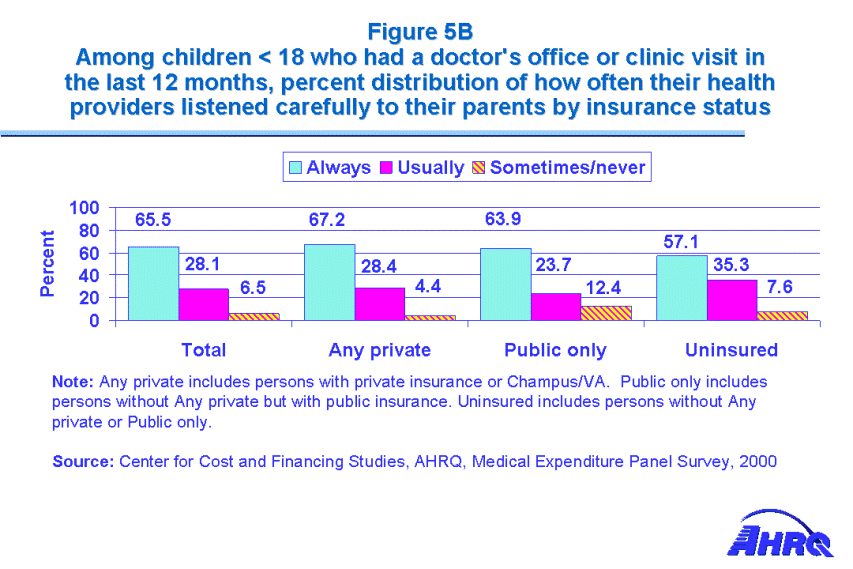 |
||||||||||||||||||||||||||||||
|
||||||||||||||||||||||||||||||
|
|
||||||||||||||||||||||||||||||
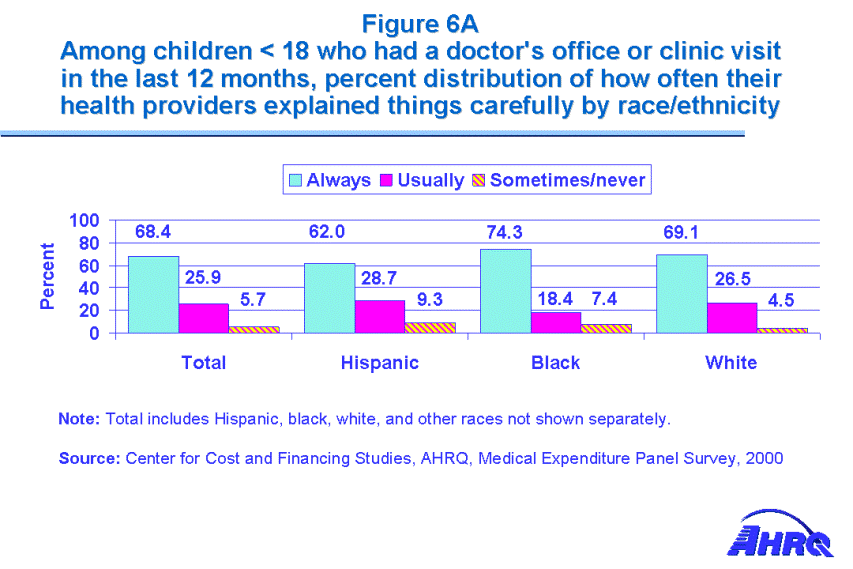 |
||||||||||||||||||||||||||||||
|
||||||||||||||||||||||||||||||
|
|
||||||||||||||||||||||||||||||
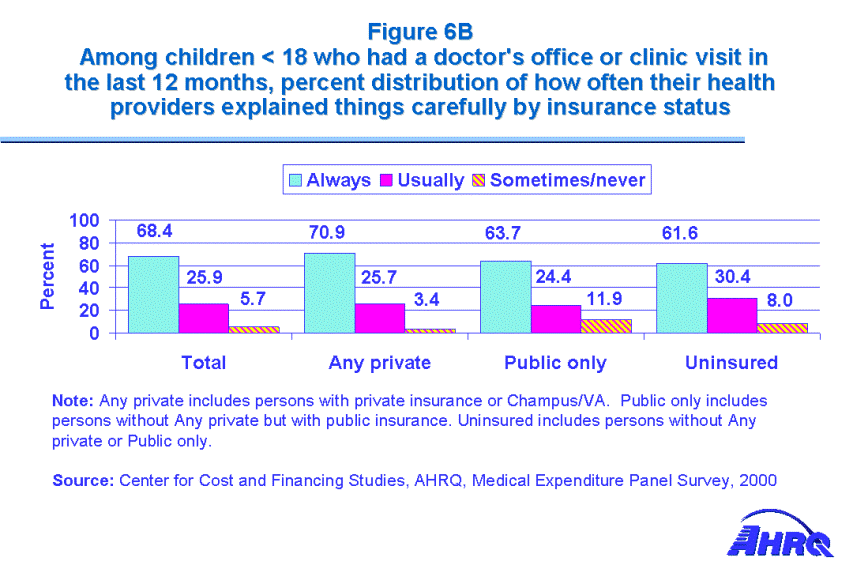 |
||||||||||||||||||||||||||||||
|
||||||||||||||||||||||||||||||
|
|
||||||||||||||||||||||||||||||
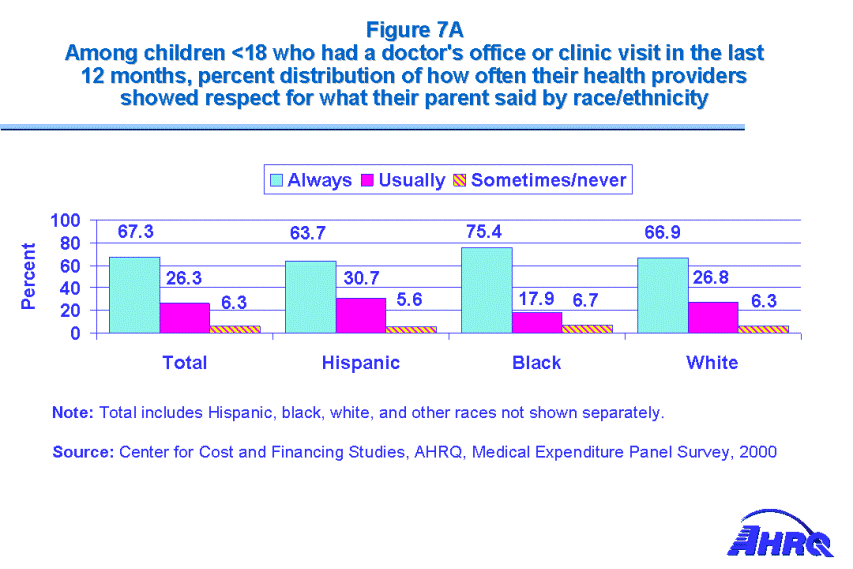 |
||||||||||||||||||||||||||||||
|
||||||||||||||||||||||||||||||
|
|
||||||||||||||||||||||||||||||
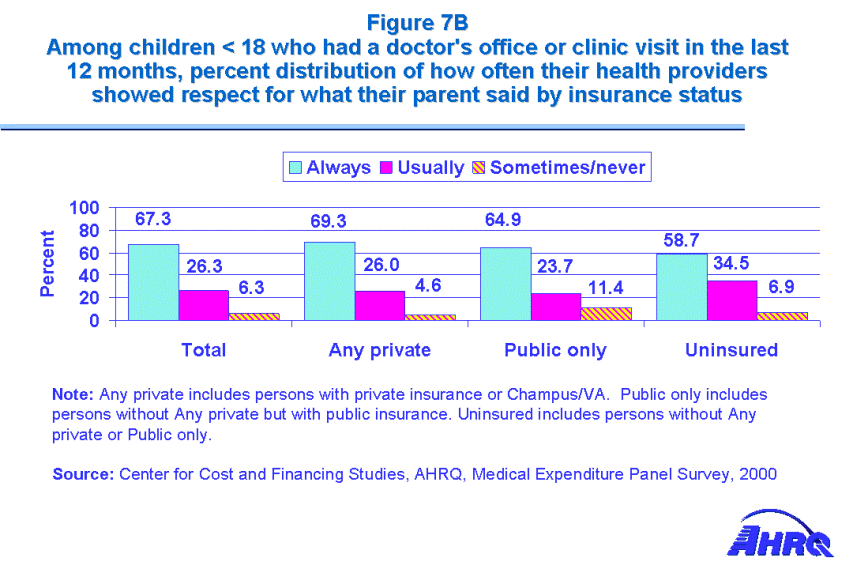 |
||||||||||||||||||||||||||||||
|
||||||||||||||||||||||||||||||
|
|
||||||||||||||||||||||||||||||
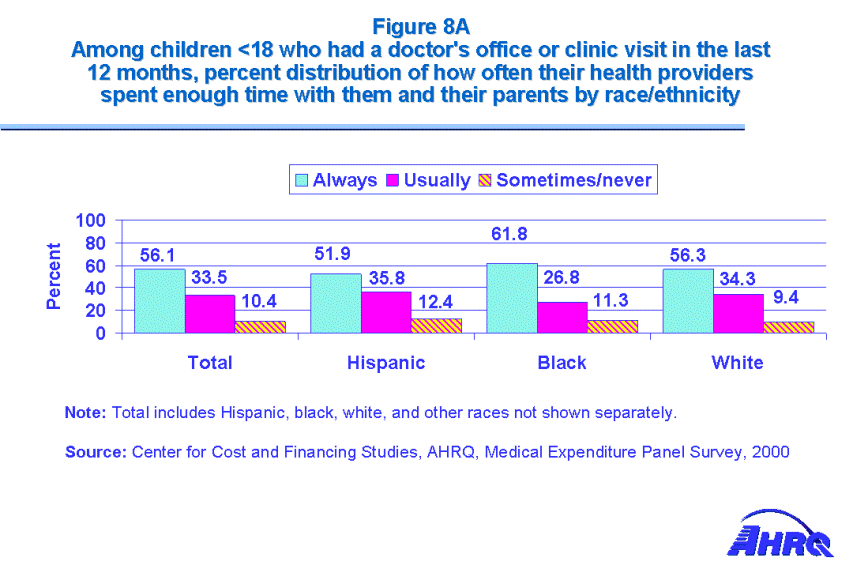 |
||||||||||||||||||||||||||||||
|
||||||||||||||||||||||||||||||
|
|
||||||||||||||||||||||||||||||
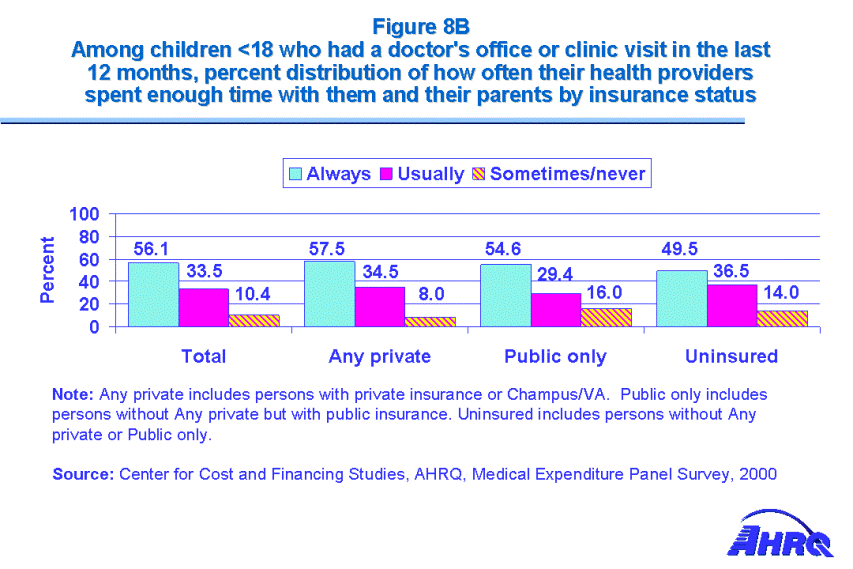 |
||||||||||||||||||||||||||||||
|
||||||||||||||||||||||||||||||
|
|
||||||||||||||||||||||||||||||


